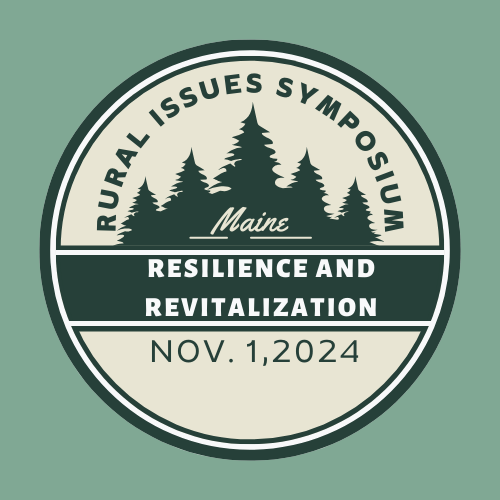Files
Download Full Text (1.8 MB)
Description
Mathematics teachers, curriculum reformers, and educational researchers have long sought strategies for making mathematics meaningful and accessible to all learners. A challenge to these efforts is the disconnect between the abstract, theoretical qualities of mathematical concepts and the grounded, empirical realities of day-to-day life. Students on the receiving end of 'real world' mathematics instruction tend to find themselves in a bizarro world, in which they are asked to use mathematics to solve problems that no mathematician would use mathematics to solve. The goal of our work is to resolve this disconnect. We are leveraging the unique geographical positions of rural schools in Maine to showcase how sunlight can be used for doing mathematical work. Sunlight is mathematically significant because it is an abundant, universally accessible source of parallel lines—that is, lines that do not intersect. We are using sunlight to design and install sculptures (i.e., a SunRule) that function as calculators on outdoor campuses at schools, museums, and municipalities throughout Maine. What's significant about our design is that it depends on real-world sunlight to work. Our poster presents how a SunRule sculpture functions to model multiplication and division by stretching or shrinking beams of light. We consider how a SunRule installation at rural schools could be the focal feature for an outdoor STEAM laboratory classroom that would integrate mathematics, biology (e.g., gardening, soil science), earth science (e.g., the daylight cycle, latitude and longitude), engineering (the design and installation of the device), and visual art.
Publication Date
10-28-2024
Recommended Citation
Dimmel, Justin and Pandiscio, Eric, "Lighting the Way: Rural Schools and the Future of STEAM Education" (2024). Rural Issues Symposium. 60.
https://digitalcommons.library.umaine.edu/rural_issues/60



